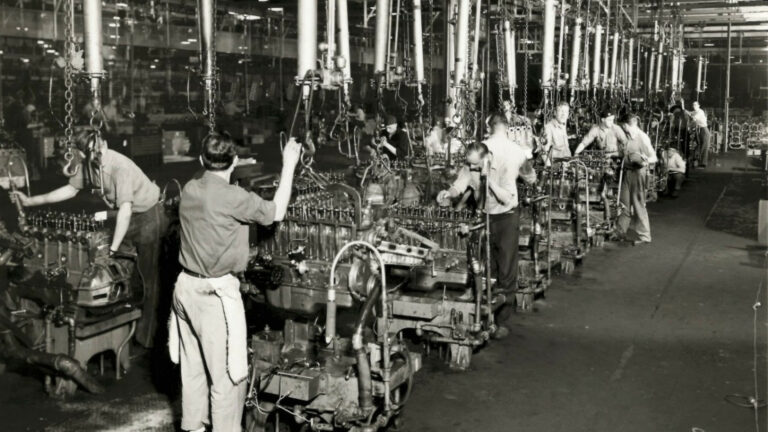General Motors (GM) has announced a significant investment in its engine production facilities, signaling its commitment to continuing the production of its iconic small-block V8 engine. The company confirmed that it is on track to begin producing new engines in 2027, with an additional investment announced in its Tonawanda propulsion plant in Buffalo, New York. This latest cash injection totals nearly $900 million, surpassing GM’s previous investment and demonstrating the company’s intention to keep the V8 in production through at least the end of this decade.
Investment Details
The funds will be used to upgrade machinery, equipment, and tools, as well as renovate facilities. Production of the current engine family will continue uninterrupted during the upgrades. GM described this as the largest single investment the company has ever made in an engine plant.

CEO’s Statement
“Our significant investments in GM’s Tonawanda Propulsion plant show our commitment to strengthening American manufacturing and supporting jobs in the U.S.,” said CEO Mary Barra. “GM’s Buffalo plant has been in operation for 87 years and is continuing to innovate the engines we build there to make them more fuel efficient and higher performing, which will help us deliver world-class trucks and SUVs to our customers for years to come.”
Significance of V8 Engine
While the focus on trucks and SUVs may not excite sports car enthusiasts, the investment is still positive news. In the current market, if there’s a viable business case for a V8 in a truck or SUV, it’s likely to succeed. Once the engine is available, engineers will likely explore more innovative applications. The small-block V8 has been an icon of American motoring since the Chevrolet V8s of the mid-1950s and has remained in continuous production ever since.

Despite recent quality issues that led to a broad recall, the LT1 and L87 engines remain two of the most respected on the market today. This investment demonstrates GM’s commitment to its legacy engine production and its confidence in the continued demand for V8 engines in the automotive market.



